Advancements in Genetic Research
Advancements in genetic research are significantly influencing the Achondrogenesis Market. The identification of specific genetic mutations associated with achondrogenesis has opened new avenues for targeted therapies and personalized medicine. Research indicates that mutations in the COL2A1 gene are commonly linked to this condition, prompting the development of gene therapies aimed at correcting these genetic anomalies. The potential for innovative treatments based on genetic insights is likely to attract investment and interest from pharmaceutical companies, thereby expanding the market. Moreover, as genetic testing becomes more accessible and affordable, the ability to diagnose achondrogenesis at an earlier stage is expected to increase, further driving the demand for related healthcare services and products within the Achondrogenesis Market.
Increased Awareness and Advocacy
Increased awareness and advocacy for rare diseases, including achondrogenesis, are pivotal in shaping the Achondrogenesis Market. Advocacy groups and organizations are actively working to educate the public and healthcare providers about the challenges faced by individuals with this condition. This heightened awareness is likely to lead to improved diagnostic practices and increased funding for research initiatives. As more stakeholders become involved, the push for better treatment options and support services for affected families intensifies. Consequently, this advocacy is expected to drive growth in the Achondrogenesis Market, as it encourages collaboration among researchers, healthcare providers, and policymakers to address the unmet needs of this patient population.
Rising Incidence of Achondrogenesis
The rising incidence of achondrogenesis, a rare skeletal dysplasia, is a notable driver in the Achondrogenesis Market. Recent estimates suggest that the prevalence of this condition may be around 1 in 40,000 to 1 in 60,000 live births. This increasing recognition of achondrogenesis cases has led to heightened awareness among healthcare professionals and families, thereby driving demand for diagnostic and therapeutic options. As more cases are identified, the need for specialized care and treatment options becomes more pronounced, which in turn stimulates growth in the Achondrogenesis Market. Furthermore, advancements in prenatal imaging techniques have facilitated earlier detection, allowing for timely interventions and management strategies, which could potentially improve outcomes for affected individuals.
Technological Innovations in Treatment
Technological innovations in treatment modalities are emerging as a key driver in the Achondrogenesis Market. The development of advanced surgical techniques and minimally invasive procedures has the potential to enhance the quality of care for individuals with achondrogenesis. For instance, orthopedic interventions and spinal surgeries are being refined to improve outcomes for patients. Additionally, the integration of telemedicine and digital health solutions is facilitating better access to specialized care, particularly for families in remote areas. These innovations not only improve patient management but also attract investment from healthcare providers and technology companies, thereby fostering growth in the Achondrogenesis Market. As these technologies continue to evolve, they may lead to more effective treatment options and improved patient experiences.
Regulatory Support for Rare Disease Treatments
Regulatory support for rare disease treatments is becoming increasingly influential in the Achondrogenesis Market. Governments and regulatory bodies are recognizing the need for expedited approval processes for therapies targeting rare conditions like achondrogenesis. Initiatives such as orphan drug designations and incentives for research and development are encouraging pharmaceutical companies to invest in this niche market. This regulatory environment not only facilitates the introduction of new treatments but also enhances the overall market landscape by promoting innovation. As more therapies receive approval, the availability of treatment options for achondrogenesis is expected to expand, thereby driving growth in the Achondrogenesis Market. This supportive framework is likely to foster collaboration between industry stakeholders and regulatory agencies, ultimately benefiting patients.
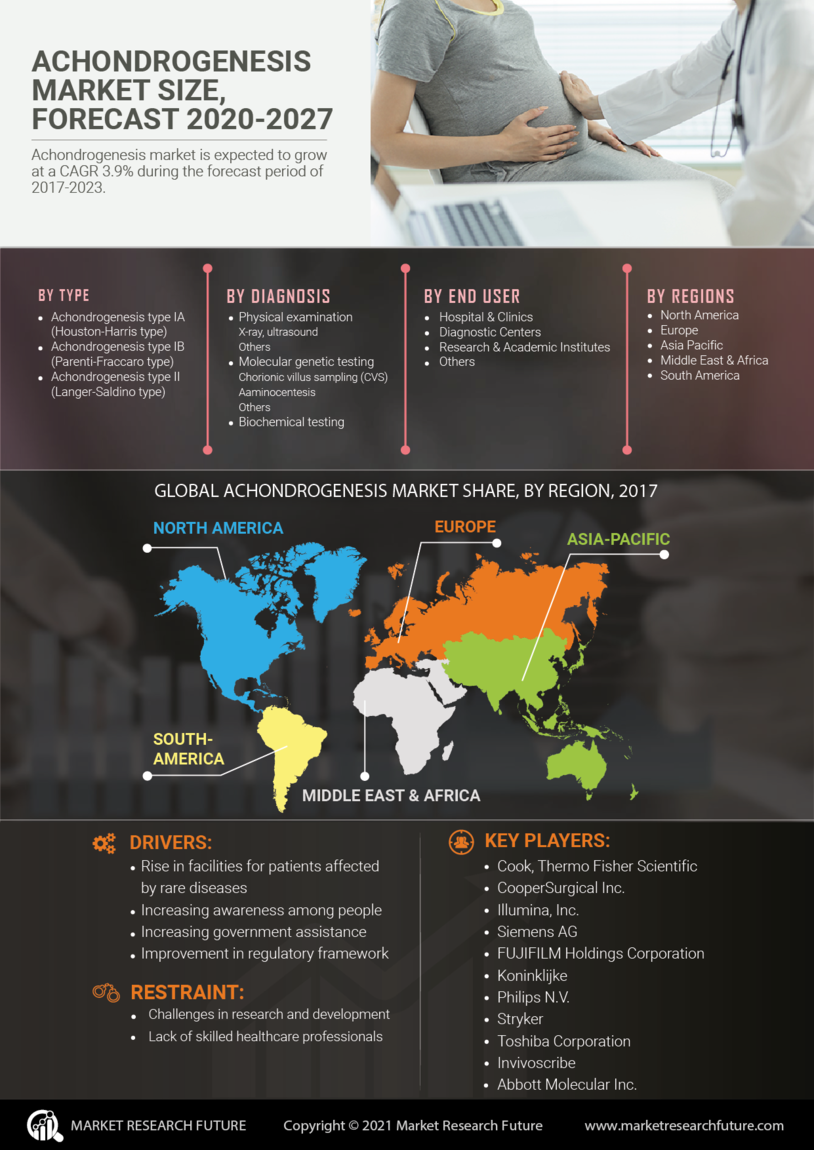

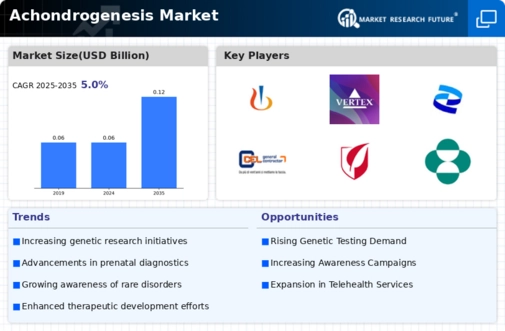
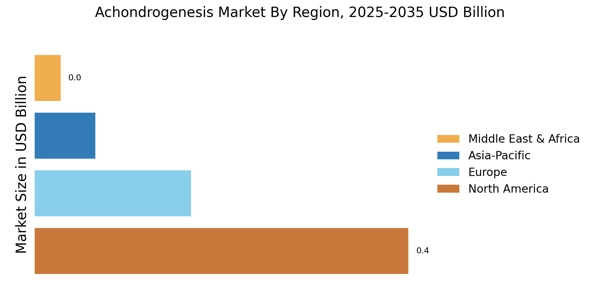
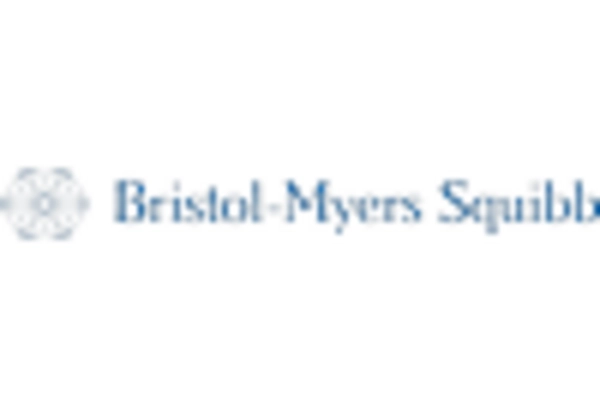

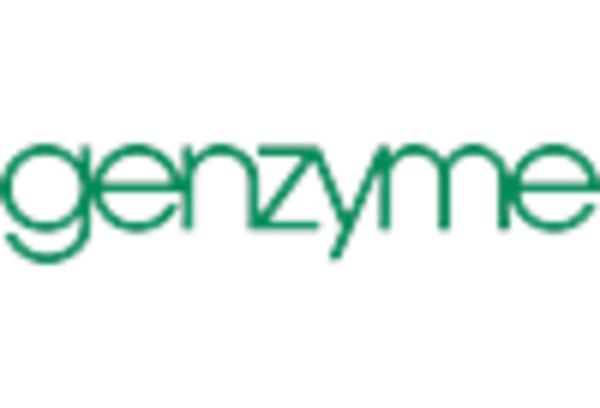
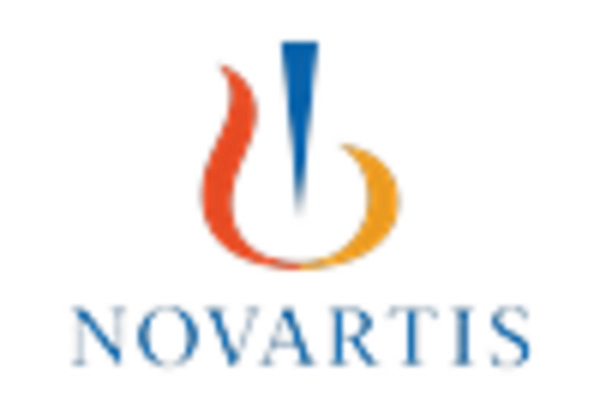

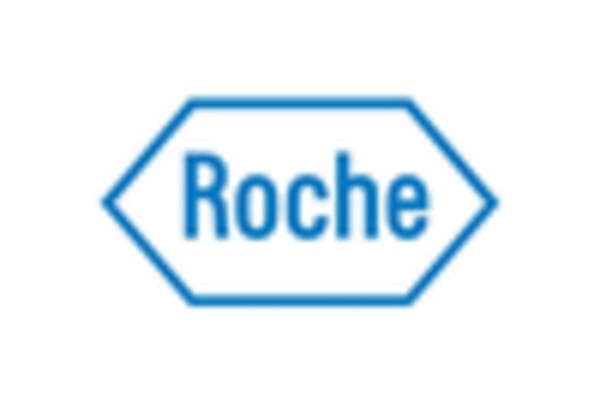








Leave a Comment